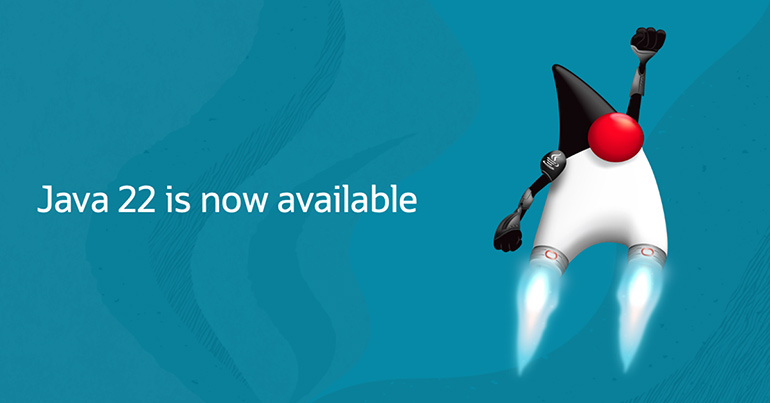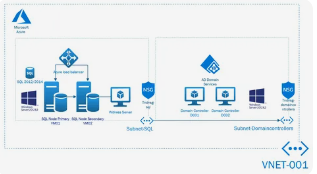|
|
Cloud | Software | Networks | Hardware | Deals | |||||||||||||||
|
|
||||||||||||||||||||
|
|
||||||||||||||||||||
|
|
 |
 |
|
 |
||||||||||||||||
|
The new Microsoft Teams is now available Collaborate more
effectively with a faster, simpler, smarter, and more flexible Teams. |
Oracle Releases Java 22 New release delivers 12
JDK Enhancement Proposals to improve the Java language and enhance
the development platform’s performance, stability, and security. |
PostgreSQL 16.2 Released! The PostgreSQL Global
Development Group has
released an update to all supported versions of PostgreSQL,
including
16.2. This release fixes one
security
vulnerabilities and over 65 bugs reported over the last several
months.
|
MySQL Security from Data Protection to Regulation Compliance In the era of data breaches, security issues can bring lots of headaches to any organization. Besides fines from authorities, bad reputation can put many customers away. Being able to protect important data from external threats, as well as control the increasing number of people who have internal access to the database systems means minimizing risks and ensuring that monitoring and prevention is in place. Date:February 15, 2024 Start Time: 10:00 a.m. Pacific Time Duration: 60 mins Event Speaker: Mike Frank, MySQL Product Management Director |
|||||||||||||||||
|
|
||||||||||||||||||||

|
Microsoft SQL Server Blog. News and Best Practices
|
Заметки о выпусках Актуального канала - Office release notes | Microsoft Learn |
|
|||||||||||||||||
|
|
|
 |
||||||||||||||||||
 |
 |
|||||||||||||||||||
|
Follow MSAndrosov
|
||||||||||||||||||||
| Learn |
About IT companies
About Microsoft |
Clouds | Downloads |
Popular resources
|
Companies | |||||||||||||||
|
|
MSAndrosov |
|||||||||||||||||||
|
© msandrosov |
||||||||||||||||||||





